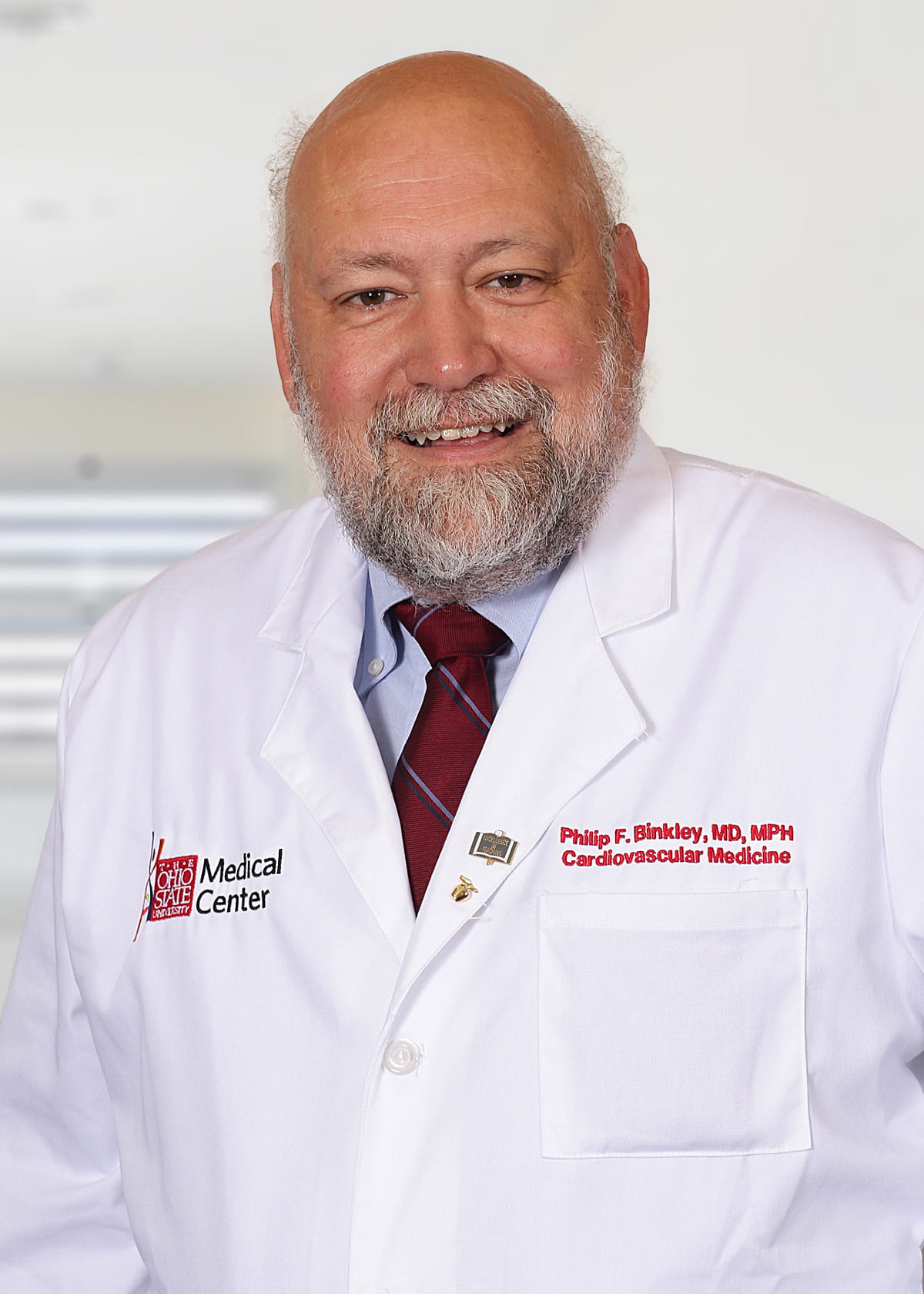April 4, 2011
 COLUMBUS, Ohio – Medical tests used to determine the extent of damage to a patient’s heart may be useful in predicting which patients can benefit from surgical treatment or medical therapy; however, such testing is not an effective tool in identifying which treatment will provide the greatest chance of survival.
COLUMBUS, Ohio – Medical tests used to determine the extent of damage to a patient’s heart may be useful in predicting which patients can benefit from surgical treatment or medical therapy; however, such testing is not an effective tool in identifying which treatment will provide the greatest chance of survival.The long-awaited study results will aid clinicians who must determine how to treat patients with coronary artery disease and left ventricular dysfunction, according to Philip Binkley, a study author and cardiologist at Ohio State University Medical Center. For researchers, the study leaves open a door for further study of testing regimens, such as magnetic resonance imaging, that may be more accurate in selecting myocardial viability.
Results of the National Institutes of Health-initiated study were presented today (4/4) at the American College of Cardiology’s scientific conference. The study is published online in the New England Journal of Medicine at http://www.nejm.org/doi/full/10.1056/NEJMoa1100358.
There were 99 study sites in 22 countries, and OSU Medical Center led the country with enrollment.
“The data suggests that in the presence of coronary artery disease, studies of myocardial viability do not direct practitioners in the need for coronary artery bypass,” said Binkley, the site principal investigator in a sub-study for the Surgical Treatment for Ischemic Heart Failure (STICH) trial.
Tests for myocardial viability attempt to identify areas of heart muscle that are "living" but have a reduction of blood flow. Tests used in the study were the single photon emission tomography and dobutamine echocardiography.
“The study demonstrates that the presence of significant coronary artery disease rather than evidence that the heart muscle will improve with bypass surgery should dictate the treatment,” said Binkley.
Among the 1,212 STICH trial participants, 601 had assessments for myocardial viability. Of these, 298 were randomized to medical therapy including coronary artery bypass graft and 303 were selected for medical therapy alone.
A total of 178 (37 percent) of the 487 patients with viable myocardium and 58 (51 percent) of the 114 patients without viable myocardium died. However, the association with mortality was not significant after adjustment for other baseline variables.
The viability studies did not include newer methodologies, such as MRI, that may be more accurate in selecting myocardial viability, according to Binkley. Future studies, using newer and advanced resources, may be more proficient in determining patient assignment for surgery or medical treatments.
“The study tells us that noninvasive assessment of myocardial viability may guide patient management. Multiple imaging techniques have been developed to assess viable and nonviable myocardium by evaluating perfusion, cell membrane integrity, mitochondria, glucose metabolism, scar tissue, and contractile reserve,” added Binkley.
The study by Binkley and other researchers is one of two major studies presented at the American College of Cardiology conference today. OSU Medical Center cardiologist William Abraham is author of a companion study from the STICH trial that examined coronary artery bypass surgery in patients with left ventricular dysfunction. A copy of the news release for Abraham’s study is available at: http://medicalcenter.osu.edu/mediaroom/Pages/release.aspx?newsID=6481
###
David Crawford
Public Affairs and Media Relations
614-293-3737
